Home / SpHb® Outcomes
SpHb® Outcomes
Are You Improving Outcomes with SpHb®?
See the Evidence from Across the World
Six studies across four continents have found that noninvasive and continuous hemoglobin (SpHb) monitoring can help improve outcomes1-6
SpHb is supporting clinicians in over 75 countries around the world.*
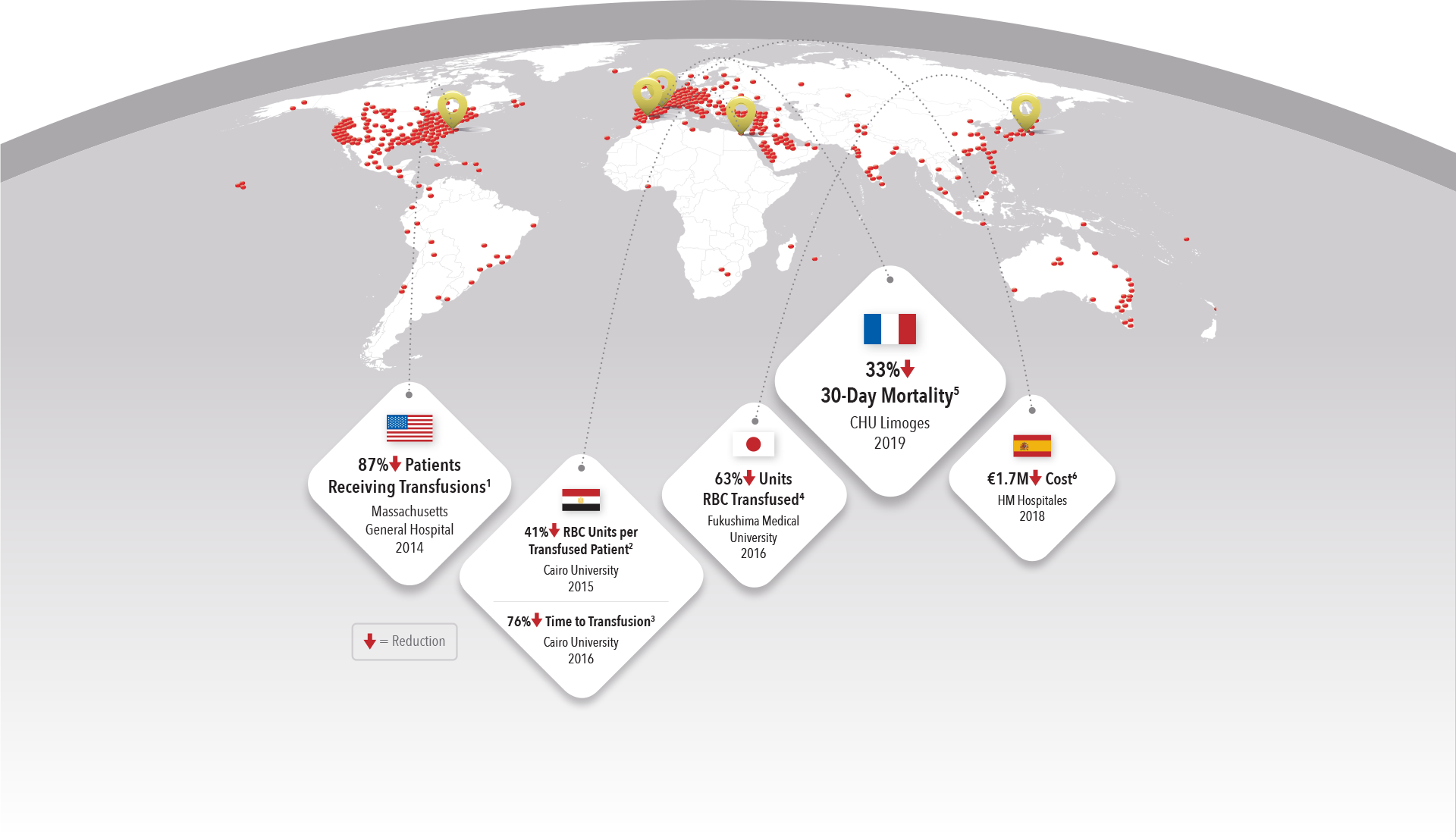
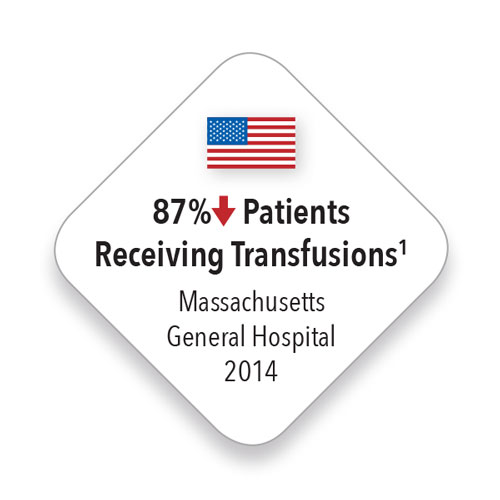
Continuous non-invasive hemoglobin monitoring during orthopedic surgery: a randomized trial
Ehrenfeld JM, Henneman JP, Bulka CM, Sandberg WS. 2014. J Blood Disorders Transf 5:237.doi:10.4172/2155-9864.1000237
See the Full Study about Continuous non-invasive hemoglobin monitoring
- Study Type: Randomized controlled trial
- Number of Patients: 327
- Type of Procedure: Orthopedic surgery
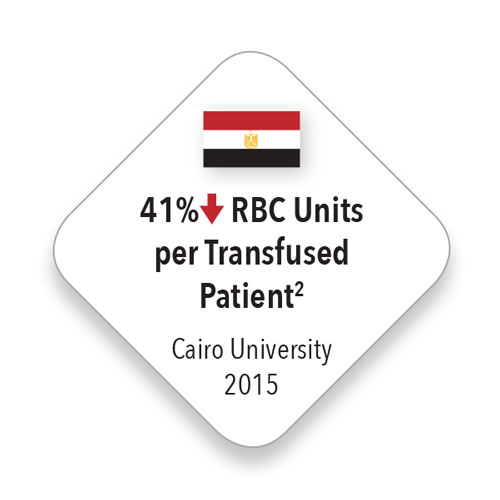
Continuous and noninvasive hemoglobin monitoring reduces red blood cell transfusion during neurosurgery: a prospective cohort study
Awada WN et al. J Clin Monit Comput. DOI 10.1007/s10877-015-9660-4.
- Study Type: Prospective cohort study
- Number of Patients: 106
- Type of Procedure: Neurosurgery
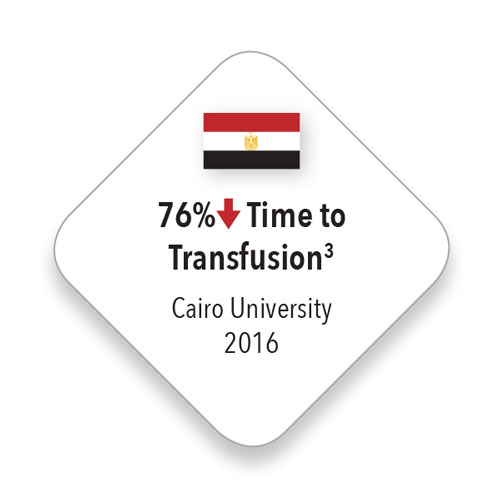
The value of continuous noninvasive hemoglobin monitoring in intraoperative blood transfusion practice during abdominal cancer surgery
Kamal A, et al. Open J of Anesth. 2016 Mar; 6, 13-19.
See the Full Study about The value of continuous noninvasive hemoglobin monitoring
- Study Type: Randomized controlled trial
- Number of Patients: 100
- Type of Procedure: Abdominal cancer surgery
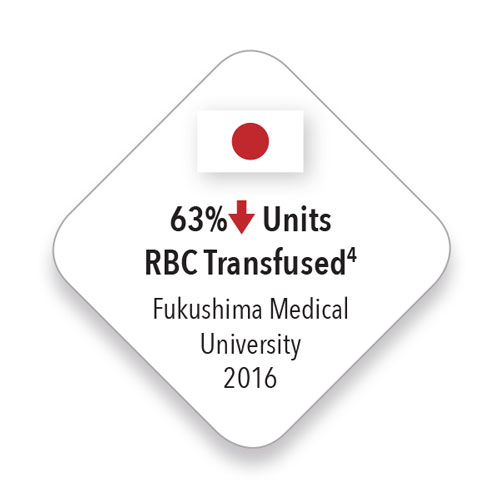
Continuous and noninvasive hemoglobin monitoring may reduce excessive intraoperative RBC transfusion
Imaizumi et al. Proceedings from the 16th World Congress of Anesthesiologists, Hong Kong. Abstract #PR607
See the Abstract about Continuous and noninvasive hemoglobin monitoring
- Study Type: Retrospective data analysis
- Number of Patients: 371
- Type of Procedure: All surgeries except cardiovascular and liver transplants
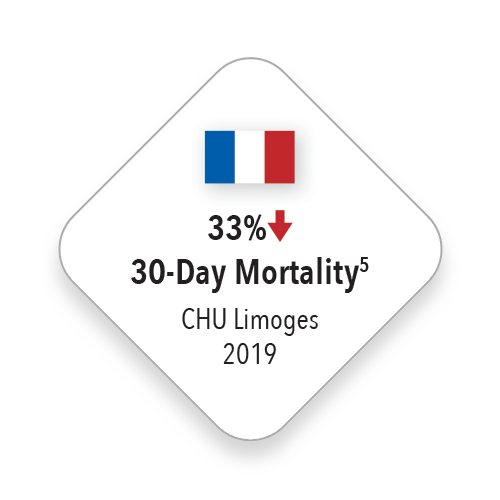
Continuous hemoglobin and plethysmography variability index monitoring can modify blood transfusion practice and is associated with lower mortality
Cros et al. J Clin Monit Computing 2019. DOI:10.1007/s10877-019-00367-z Study Type: Quality Improvement Study
See the Full Study about Continuous hemoglobin and plethysmography variability index monitoring
- Study Type: Quality Improvement Study
- Number of Patients: 18,716
- Type of Procedure: Major and minor surgeries

Economic analysis of the reduction of blood transfusions during surgical procedures while continuous hemoglobin monitoring is used
Ribed-Sánchez B, González-Gaya C, Varea-Díaz S, Corbacho-Fabregat C, Pérez-Oteyza J, Belda-Iniesta C. Sensors (Basel). 2018 Apr 27;18(5).
See the Full Study about Economic analysis of the reduction of blood transfusions <
- Study Type: Retrospective and Prospective Study
- Number of Patients: 237
- Type of Procedure: Hip trauma surgery
Improve Your Outcomes with SpHb
Improve Your Outcomes with SpHb


Clinical decisions regarding red blood cell transfusions should be based on the clinician’s judgment considering among other factors: patient condition, continuous SpHb monitoring, and laboratory diagnostic tests using blood samples. SpHb monitoring is not intended to replace laboratory blood testing. Blood samples should be analyzed by laboratory instruments prior to clinical decision making.
References:
- 1.
Ehrenfeld et al. J Blood Disorders Transf. 2014. 5:9.
- 2.
Awada WN et al. J Clin Monit Comput. DOI 10.1007/s10877-015-9660-4. Study Protocol: In each group, if researchers noted SpHb trended downward below 10 g/dL, a red blood cell transfusion was started and continued until SpHb trended upward above 10 g/dL. The transfusion threshold of 10 g/dL was predetermined by the study protocol and may not be appropriate for all patients. Blood sampling was the same for the control and test group. Arterial blood was drawn from a 20 gauge radial artery cannula into 2 mL EDTA collection tubes, mixed and sent for analysis by a Coulter GEN-S Hematology Analyzer.
- 3.
Kamal A, et al. Open J of Anesth. 2016 Mar; 6, 13-19.
- 4.
Imaizumi et al. Proceedings from the 16th World Congress of Anesthesiologists, Hong Kong. Abstract #PR607.
- 5.
Cros et al. J Clin Monit Comput. Aug 2019: 1-9. Study utilized a goal-directed fluid therapy protocol with PVi® in conjunction
with a blood transfusion protocol based on SpHb. - 6.
Ribed-Sánchez B, et al. Sensors (Basel). 2018 Apr 27;18(5). pii: E1367. Estimated national savings derived from hospital savings extrapolated nationwide.
* Data on file.
RESOURCES
Caution: Federal (USA) law restricts this device to sale by or on the order of a physician. See instructions for use for full prescribing information, including indications, contraindications, warnings, and precautions.
PLCO-003280/PLMM-11280A-1019 PLM-12060A


